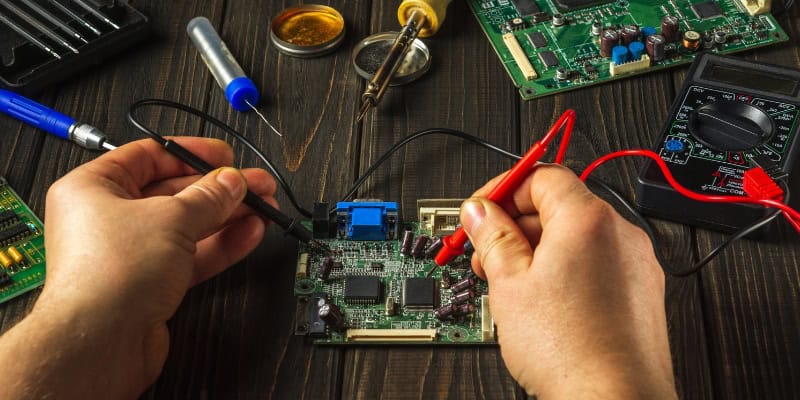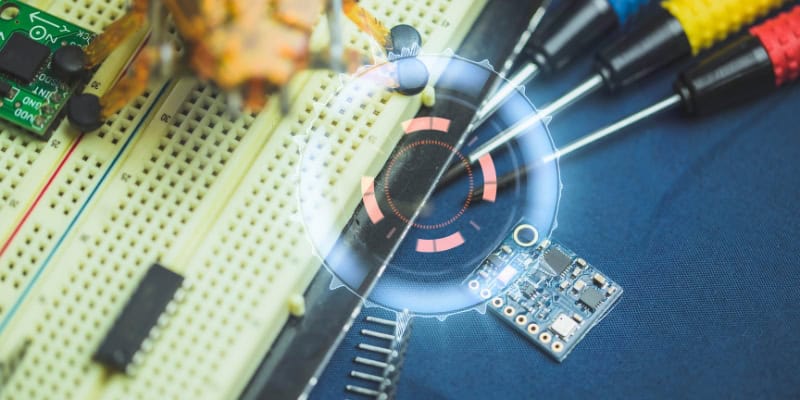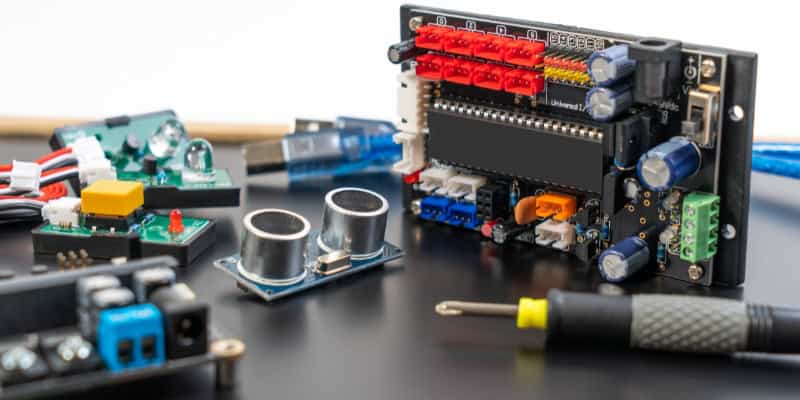Avoiding Common Hardware Development Mistakes for Better Results

Discover the common challenges in hardware development and practical ways to overcome them. Avoid costly errors to deliver better results.
As we prosper in technology, the demand for hardware will always rise, isn't that great?
It's indeed a good thing, but with growing demands come bigger challenges, and sometimes these challenges lead to manufacturing issues which can roll into a costly delay.
But worry not; like any other issue, this can be managed too. However, to manage these issues, you need a proper understanding of common pitfalls or should I say challenges.
So roll up your sleeves; let's dive deep and understand common hardware problems and their solutions to avoid.
Common Hardware Development Challenges and Solutions
Poor Initial Planning and Requirements Gathering
It is said that "the plan is a trap laid to capture the future" From this we can understand the importance of planning, In hardware development one of the biggest challenges is not having a clear plan from the start. when the project goal or specifications are unclear, it confuses and leads to mistakes and if requirements keep changing it leads to extra work, delay, or increased cost.
To Avoid This:
Start with a clear and detailed plan, and work closely with everyone involved in the project to ensure that all team members are on the same page about the objectives. you can use a flow chart or block diagram to organize your idea and make the plan easier to understand with the whole team. this way helps to avoid confusion and provide clarity.
Inefficient Prototyping Process
Hurrying through the prototyping stage without proper testing can lead to big problems later, Skipping important tests might save time initially, but it often results in big issues that show up in the final product. Thus these mistakes can be costly and time-consuming to fix.
To Avoid This:
Take your time with prototyping and focus on testing, test your design as early as possible to catch any flaws before it become a bigger problem. Working with experts can also help you create strong and reliable prototypes that set the foundation for a successful product.
Neglecting Design for Manufacturability (DFM)
It is a common expensive problem that arises in hardware development when the team focuses too much on the project functionality and appearance without considering how the product will be produced. If you have a limited budget it can lead to a significant challenge.
To Avoid This:
Involve manufacturing experts during the design phase to ensure that your product is efficient, They can help you to identify potential issues, materials, or processes that reduce cost and ensure the design works well for large-scale production. By optimizing the design for both functionality and manufacturability, you can save time, reduce expense, and ensure a smoother transition to production.
Underestimating Compliance and Certification Needs
It's another common mistake in hardware development, in which compliance and regulatory requirements are ignored until the project is neatly completed. standards like FCC, CE, or UL ensure the product is safe, reliable, and meets regulatory expectations. overlooking this requirement can lead to costly redesign or project delays. Similarly, not addressing EMI (Electromagnetic Interference) and EMC (Electromagnetic Compatibility) issues during the design phase can result in significant problems during testing or deployment.
To Avoid This:
Start the compliance and certification from the very beginning of your project, Conduct EMI and EMC testing early in the design phase to identify and fix the potential issues. By addressing and solving these problems you can avoid last-minute surprises
Ignoring Thermal and Power Management
Poor thermal design might lead to overheating, which can affect the performance of your components or even damage them and just like that inadequate planning for power distribution can overload circuits, resulting in inefficiency, malfunctions, or system failure, thus overlooking this problem can cause serious damages later on.
To Avoid This:
You can include thermal and power management into your design from the start. Check areas where heat might build up and use cooling solutions like heat sinks or proper ventilation to keep things running smoothly. At the end make sure the power is evenly distributed so no circuit gets overloaded. This planning can make your hardware more efficient, reliable, and durable.
Delayed Testing and Quality Assurance
Sometimes testing gets underestimated and creates major issues, Minimal and late testing increases the chance of missing critical flaws in functionality or performance and ignorance of the test can lead to overheating, vibration, or stress that can lead to unexpected failure of the product.
To Avoid This:
Testing and quality assurance problems can be solved by giving priority to testing throughout the development process. you can test your hardware under different conditions, such as high temperature, vibrations, or stress, to ensure it performs reliably and use advanced methods like In-Circuit Testing (ICT) to check individual components and functional testing to validate the product as a whole. early testing can catch problems sooner, and save time and cost in the long run.
Overlooking Scalability and Upgradability
Sometimes too much emphasis is given to current needs without considering how the product might need to evolve in future. This can cause problems in product degradation and make your product quickly outdated, which limits the long-term value of the product.
To Avoid This:
Plan for the future by designing system that are modular and adoptable. Modular designs allow you to add or replace components easily as requirements change. You can consider features like firmware updates and IoT integration from the start, so your hardware remains relevant and can support future advancements. This can help you to stay ahead of competitors and stay useful.
Conclusion
I hope that by reading this blog, you now have a clear idea of the common problems that can arise in the hardware development process and how you can solve them. Hardware development is a rewarding but complex journey that could cause serious problems if not addressed early.
If you're facing challenges in hardware development, let Rhosigma simplify the process for you. With expert hardware development solutions, we can help you to create reliable, innovative products that stand out in a competitive market. Contact us today!





